10 ways of using AI in a Veterinary Practice
- Adopt a veterinary AI agent
- Enhance radiology with AI imaging tools
- Automate appointment scheduling and reminders
- Implement predictive health analytics
- Introduce pet health chatbots
- Optimize client communication
- Enhance laboratory testing
- Implement real-time health monitoring
- Provide staff training and gradual AI integration
- Evaluate and choose AI software wisely
Artificial intelligence (AI) is quickly reshaping veterinary care. From automating routine tasks to supporting faster, more accurate diagnoses and better client communication, AI is becoming a must-have tool for today’s vet clinics.
What is AI and how does it work in veterinary care?
In the context of veterinary healthcare, AI refers to technologies that help computers perform tasks that typically require human intelligence, such as diagnosing diseases, recognizing patterns, and predicting outcomes. The primary technologies involved include machine learning, computer vision, and natural language processing (NLP), all trained using extensive veterinary medical datasets to improve clinical decision-making.
Machine learning algorithms analyze historical and real-time data to detect patterns, supporting early diagnosis and effective treatment planning. Computer vision helps interpret imaging studies like X-rays or ultrasounds, quickly identifying abnormalities. And NLP facilitates better communication and interaction with clients through conversational platforms that streamline administrative processes.
Veterinary medicine today is already using a variety of AI models. Diagnostic imaging software is working to accurately detect health conditions like cancer or arthritis from X-rays, symptom analysis tools are helping vets diagnose diseases based on reported clinical signs, and intelligent chatbots are assisting clients with questions around basic pet care.
Benefits of AI in animal healthcare
Adopting AI brings an array of benefits to veterinary practices:
- Time-saving capabilities: AI automates repetitive administrative duties — like form filling, appointment reminders, and intake documentation — freeing up staff to focus on other tasks.
- Enhanced diagnostic accuracy: AI analyzes large datasets to uncover patterns that may go unnoticed by humans, improving diagnostic confidence.
- Personalized care planning: AI systems recommend tailored treatment strategies based on a pet’s unique health history and condition, providing personalized care.
- 24-7 client support: AI-powered apps and agents give pet owners access to assistance even outside of office hours, reinforcing trust and providing continuous care.
- Reduced operational costs: By automating repetitive and time-consuming tasks, AI reduces administrative expenses and optimizes resource allocation, ultimately lowering overall operational costs.
- Improved client satisfaction: Enhanced responsiveness and proactive communication facilitated by AI helps build stronger relationships with clients, boosting satisfaction and loyalty.
- Data-driven decision-making: AI’s analytical capabilities help veterinary practices make informed decisions based on robust data analysis, increasing overall effectiveness and efficiency.
- Early disease detection: Continuous monitoring and advanced analytics help identify potential health issues early, enabling timely interventions that can prevent complications and improve outcomes.
10 ways to use AI in your veterinary practice
Integrating AI into your veterinary practice can help improve operations, enhance patient care, and elevate client experiences. Here’s a detailed look at 10 practical ways to successfully incorporate AI:
1. Adopt a veterinary AI agent
Implementing Jotform’s Veterinary AI Agent can significantly reduce administrative workload through the use of intelligent form processing, intuitive scheduling systems, and seamless client interactions. Beyond administrative efficiency, anAI agent can also integrate data from multiple sources, helping your practice deliver timely, personalized veterinary care while allowing staff to concentrate on direct patient interactions.
2. Enhance radiology with AI imaging tools
AI imaging software analyzes X-rays, MRIs, and ultrasounds faster and more accurately than traditional methods. These tools can quickly identify subtle anomalies or disease indicators like tumors, fractures, or signs of arthritis. Incorporating AI imaging into your practice doesn’t just enhance diagnostic accuracy, it expedites results, allowing your team to provide swift and targeted treatment plans.
3. Automate appointment scheduling and reminders
AI-driven scheduling platforms streamline appointment management by automatically handling client bookings, cancellations, and reschedules. These systems significantly reduce appointment no-shows by sending automated reminders through text, email, or app notifications. The result is a more efficient workflow, fewer administrative headaches, and greater productivity in your practice.
4. Implement predictive health analytics
AI-powered predictive analytics helps assess extensive pet medical histories and real-time health data to forecast potential health risks and disease development. Veterinarians can use these data-driven insights to initiate proactive treatments, personalized wellness plans, and preventative measures, potentially minimizing future health complications.
5. Introduce pet health chatbots
Deploying AI chatbots can dramatically improve client engagement and pet care education. These virtual assistants handle inquiries about basic pet health issues, diet recommendations, and emergency procedures around the clock, easing client anxiety while also reducing the burden of routine calls on your veterinary team.
6. Optimize client communication
Conversational AI platforms can help veterinary practices automate routine client interactions such as pet registration, medical history intakes, and follow-up communications. These intelligent platforms ensure consistent messaging and professionalism while freeing your staff to focus on more complex, personalized interactions and urgent care situations.
7. Enhance laboratory testing
Integrating AI into laboratory workflows speeds up and refines diagnostic testing by capitalizing on AI’s ability to analyze complex datasets quickly and precisely. AI-driven laboratory software can automatically flag abnormal test results, alert veterinarians to critical cases, and suggest potential diagnoses, improving overall lab efficiency and patient outcomes.
8. Implement real-time health monitoring
AI-equipped wearable devices can monitor pets continuously, capturing both vital signs and behavioral data. These real-time insights help with early detection of health changes, chronic disease management, and remote patient monitoring. Veterinarians can use this data to adjust treatments promptly, minimizing health risks and improving overall pet wellness.
9. Provide staff training and gradual AI integration
To fully capitalize on AI’s potential, it is crucial to provide comprehensive staff training and gradual integration into practice workflows. Schedule regular training sessions that cover AI tool use, data interpretation, and troubleshooting. Effective training will not only help ease the adoption process, it will also maximize your productivity gains and encourage staff to become proactive contributors to AI-driven veterinary care.
10. Evaluate and choose AI software wisely
Selecting the right AI software requires careful consideration of several factors: compliance, data security, vendor reputation, support availability, and scalability. Be sure to choose platforms that offer robust support services and frequent updates,as well as clear documentation and flexible integration options. Conduct pilot testing of prospective AI tools to ensure seamless integration and alignment with your practice’s specific needs and workflows.
Introducing Jotform’s Veterinary AI Agent
The Veterinary AI Agent from Jotform is a specialized AI assistant designed to streamline veterinary practice management and enhance pet care services. Using an intuitive conversational interface, it simplifies the collection of critical pet and owner information, appointment scheduling, and thorough medical history documentation, allowing practices to deliver more efficient and personalized care.
Purpose and benefits
Jotform’s Veterinary AI Agent aims to modernize veterinary operations by automating routine tasks and improving client communication. Its conversational approach simplifies the process of gathering detailed pet information, managing appointment schedules, and handling routine client inquiries to allow veterinary staff to prioritize quality animal care.
Ideal users
The Veterinary AI Agent is versatile and well-suited for use in a variety of settings:
- Veterinary clinics and hospitals
- Pet wellness centers
- Animal rehabilitation facilities
- Mobile veterinary services
- Emergency animal care providers
Versatile applications
The Veterinary AI Agent offers numerous practical applications:
- New patient registration and medical history documentation
- Appointment scheduling and automated reminders
- Wellness check-up coordination
- Emergency care intake processing
- Follow-up care management
Key components and customization
Jotform’s Veterinary AI Agent efficiently manages critical veterinary practice operations through intelligent form processing, robust scheduling capabilities, and proactive client communications. It adapts to specific practice needs while also maintaining compliance with professional standards, providing comprehensive and accurate data collection essential for excellent pet care services.
Easy setup and implementation
Setting up your Veterinary AI Agent is easy, even if you have no technical background. Here’s how you can create and launch a fully customized AI agent for your practice in just a few steps:
1. Start with a template or build from scratch
- Choose a template: Jotform offers several ready-made veterinary service AI Agents tailored to common needs, like new patient intake, appointment scheduling, or follow-up care. Simply browse and select the template that best fits your workflow.
- Build your own: Prefer a unique approach? Start with a blank agent and design every step to match your practice’s specific requirements.
2. Customize forms and conversations
- Drag-and-drop interface: Use Jotform’s intuitive Form Builder tool to add, remove, or rearrange form fields. No coding required.
- Personalize branding: Incorporate your clinic’s logo, colors, and tone of voice so the AI agent feels like a natural extension of your practice.
- Define workflows: Set up automated actions, such as sending appointment reminders, collecting medical histories, or triggering follow-up emails based on client responses.
3. Train your agent
- Upload resources: Enhance your agent’s expertise by uploading your clinic’s FAQs, standard operating procedures, educational materials, and more.
- Integrate external links: Point your AI agent to trusted resources or your own website for additional information.
- Refine responses: Test your agent’s conversations and tweak answers to ensure accuracy, professionalism, and a friendly client experience.
4. Integrate with your existing systems
- Connect to practice management tools: Seamlessly link your AI agent with scheduling software, CRM (customer relationship management) systems, or email platforms for a unified workflow.
- Automate data collection: Ensure that all client and pet information collected by the agent is stored securely and is easily accessible for your team.
5. Launch and monitor
- Deploy instantly: With a single click, publish your AI agent on your website, patient portal, or for use as a chat widget.
- Monitor interactions: Use Jotform’s analytics dashboard to track usage and client satisfaction as well as identify areas for further improvement.
Continuous learning and training
Training your Veterinary AI Agent involves providing it with practice-specific resources such as documents, URLs, and FAQs. The AI learns continuously from all interactions, constantly refining its responses to better serve your clients. Regular updates to its knowledge base will help ensure accurate, professional, and relevant communication, enhancing both client trust and overall operational efficiency.
Getting started with AI in veterinary medicine
Embracing AI is no longer optional. It’s a strategic imperative for modern veterinary practices. Tools like Jotform’s Veterinary AI Agent offer immediate and significant enhancements to your practice’s efficiency, client satisfaction, and pet healthcare outcomes. Discover how the best AI tools and conversational AI can elevate your veterinary practice, ensuring high-quality care tailored precisely to the needs of pets and their owners.Ready to enhance your veterinary practice with AI? Explore our agent templates or learn more about the benefits of AI and what AI agents can do for your business.
This article is intended for veterinary professionals and practice managers who want to enhance their clinic operations, diagnostics, and client communications using AI tools.
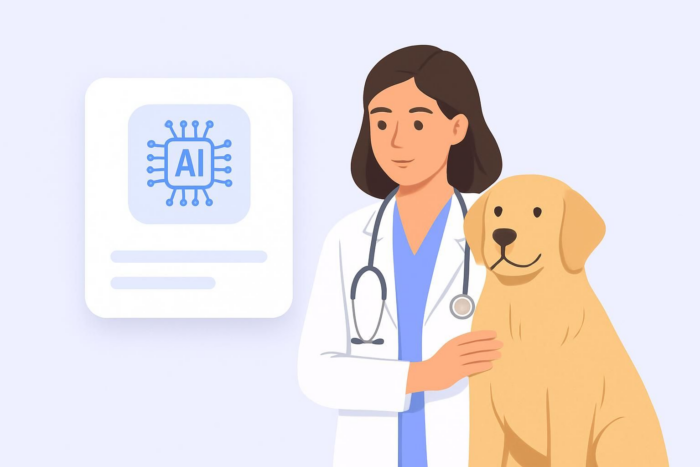

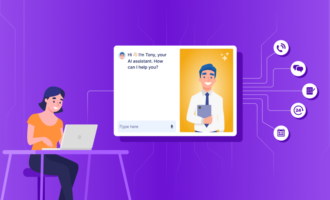
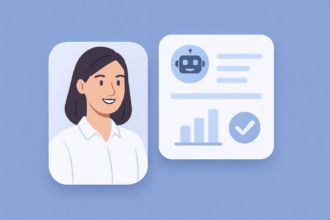

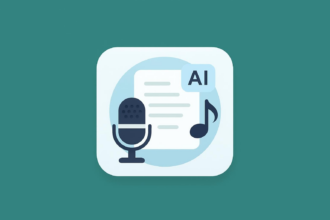
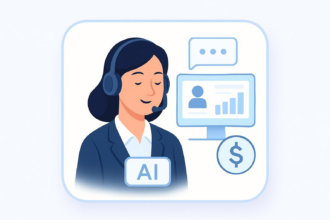











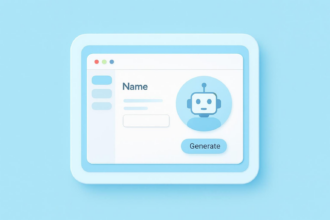


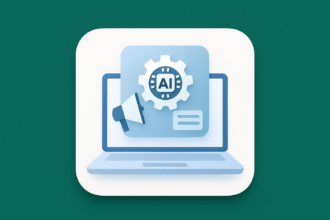





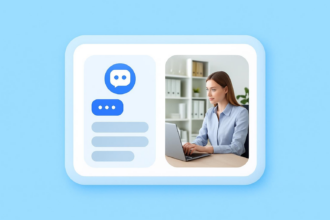






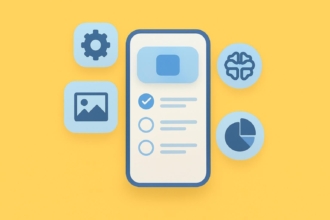










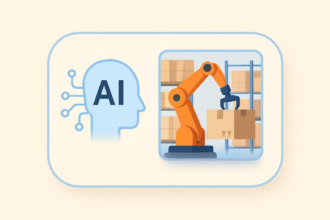
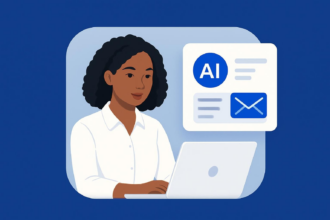







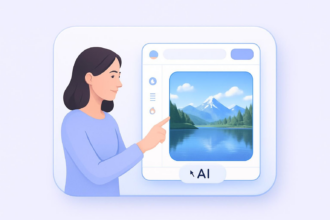
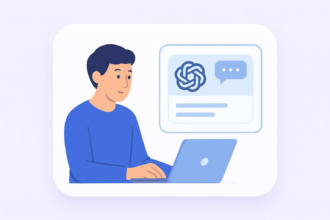




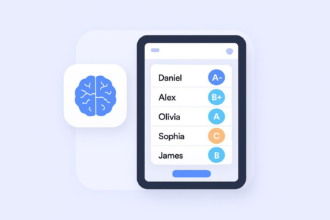
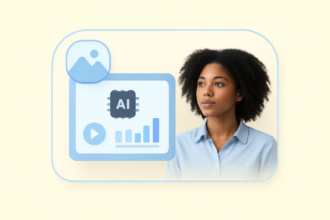





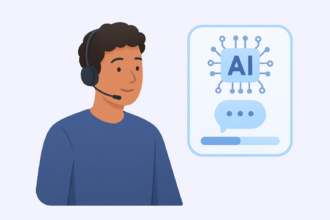

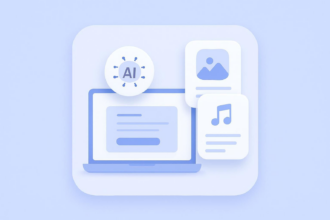
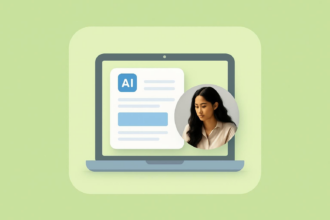



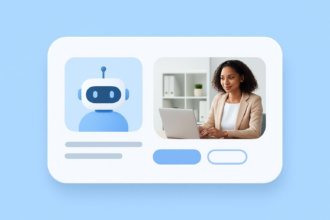
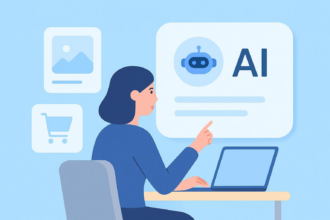












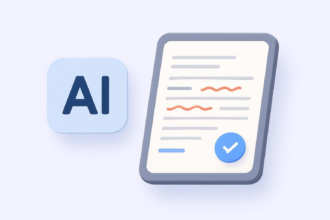

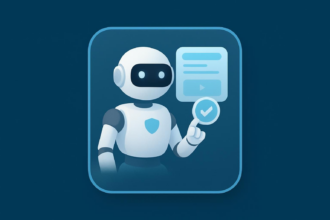





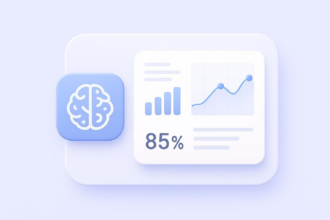

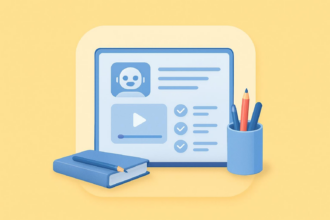

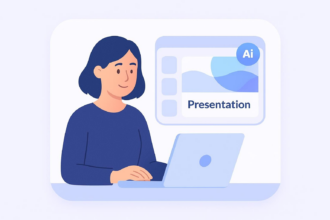

Send Comment: